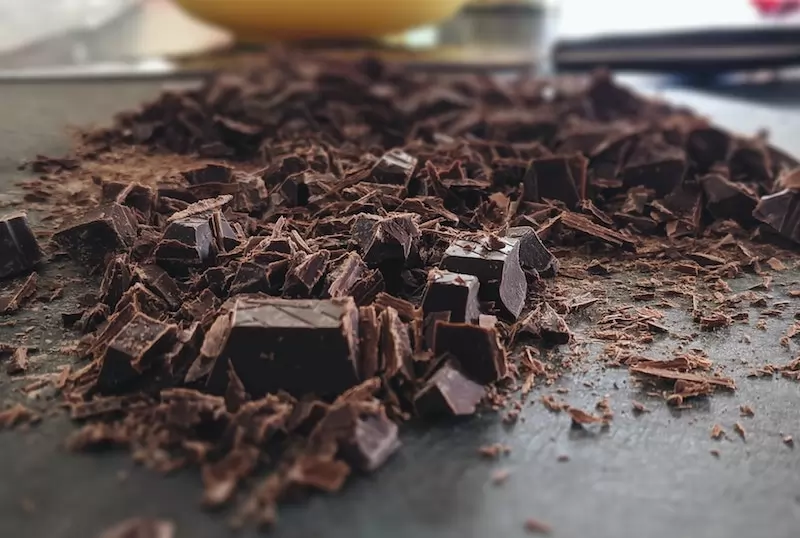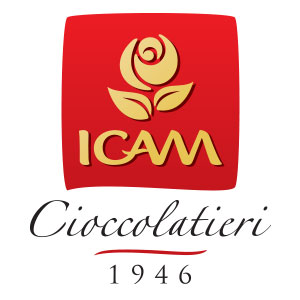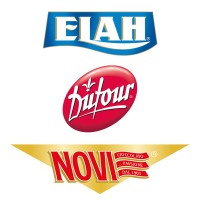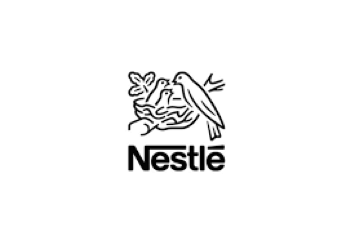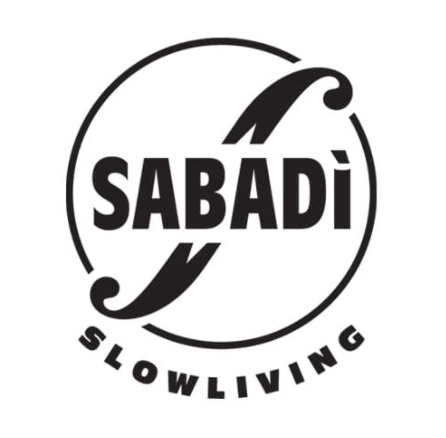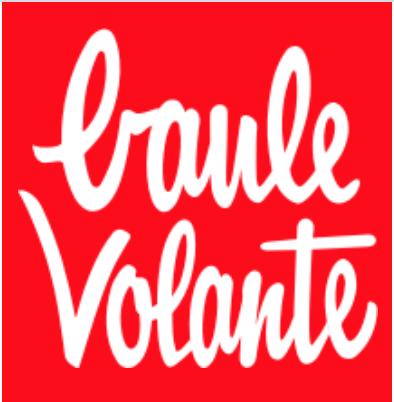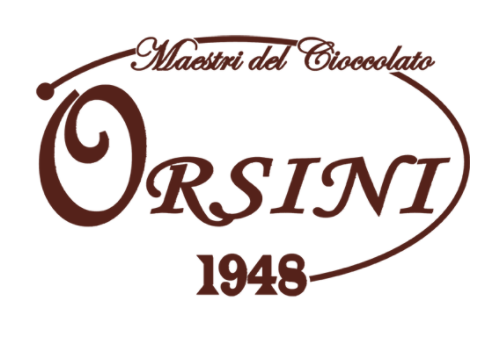Summary
The global chocolate market grew at a CAGR of 4.5% from 2019 to 2024, expected to reach $139.94 billion by 2024, driven by growing demand in various regions, with Europe being the largest market with a 43.7% share, followed by the Americas and the Asia-Pacific region. The organic chocolate market, a subset of the wider chocolate industry, is expected to grow steadily at a CAGR of 2.5% between 2016 and 2022, aiming to reach a value of $977 million in 2022. Italy remains a crucial player in both consumption and production, with a fragmented market structure made up of multinational companies, SMEs and artisans.
The Italian market is witnessing a growing trend towards organic, vegan and natural ingredient-based chocolates, driven by health consciousness and environmental considerations. Although facing challenges, Italian organic chocolate producers such as Icam and Sabadì have made significant progress in offering organic products. The COVID-19 pandemic led to an 18.5% increase in chocolate bar sales during the first week of containment, with continued high levels of domestic consumption thereafter, despite a slowdown in professional consumption.
Italian market trends in organic and specialty chocolate consumption
The Italian organic chocolate market, part of a wider 2 billion euro chocolate industry, represents a niche but growing segment. With the general trend towards health and environmental awareness, demand for organic, vegan and all-natural chocolates is on the rise. Remarkably, almost half of Italian households prefer organic products, with a preference rate of 45%. Changing consumer habits are influenced by a variety of factors. Health concerns appear to be paramount, with over 50% of consumers choosing organic products because of their alleged health benefits. Nearly 47% of consumers appreciate organic chocolate for the guarantees of safety and quality it provides, while around 26% choose it for reasons of environmental sustainability. Dark chocolate in particular has gained in popularity, probably due to Italians' growing health awareness.
This has tipped the balance of preferences, with dark chocolate now the most popular type of chocolate, pointing to a shift in market demand. In terms of product type, consumer interest in unique shapes and innovative flavor combinations is significant. Manufacturers are responding by introducing chocolates with unexpected ingredients and designs, responding to a growing interest in variety and novelty. The Italian chocolate market has a distinct seasonal consumption pattern, with demand peaking around major holidays such as Easter, Valentine's Day and Christmas. For example, the Easter chocolate market alone is valued at around 230 million euros, with consumers showing a clear preference for premium and local products. The Covid-19 pandemic had a unique impact on chocolate consumption in Italy, with supermarket sales of chocolate bars up by around 18.5% in the first week of containment.
This phenomenon can be attributed to consumers' penchant for comfort foods in times of stress, and their practical preference for shelf-stable and packaged products due to restricted purchasing opportunities. Growth in the chocolate market is not limited to consumer habits alone. Sales of organic chocolate are clearly present in supermarkets specializing in organic and biodynamic products, such as NaturaSì and Bio c'Bon, which have expanded throughout Italy. Despite the maturity of the European chocolate market, the Italian segment continues to adopt new trends, refine consumer preferences and develop the organic niche. With around 4% of agro-industry spending on organic products, the organic chocolate market is estimated at around 80 million euros, representing a small but significant slice of the confectionery pie. Overall, demand trends reflect an Italian market increasingly focused on health, sustainability and innovation
While Italian chocolatiers are making their own aromatic confections, several companies have established themselves as outstanding figures in the niche organic chocolate market.
The market landscape presents a fascinating mix of traditional and innovative players, reflecting the dynamism and diversity of the segment.
- Ferrero is a giant, renowned not only on Italian soil but also on the international scene. With a famous product portfolio that includes such well-loved brands as Nutella and Ferrero Rocher, Ferrero's presence significantly shapes market dynamics, although its organic offerings represent a smaller fragment of its overall production.
- The Elah Dufour group, another venerable name in the industry, satisfies consumers' sweet tooth with its delicious treats. Its commitment to quality and rich heritage in confectionery manufacturing have consolidated its reputation as a key player in the Italian chocolate market.
- Nestlé, with its Perugina brand, brings a wealth of global expertise and resources to the table. Perugina, famous for its Baci chocolates, has been the ambassador of Italian chocolate for many years, combining traditional craftsmanship with Nestlé's vast distribution network to reach a wide audience.
- On the organic front, Icam is at the forefront, focusing on the production of organic and fair-trade chocolate. Its clear commitment to sustainable sourcing and ethical practices has made it a leader in the organic segment, setting a benchmark for others to follow.
- Although not as well known as some of its competitors, Sabadì specializes in Modica chocolate, a product unique to Sicily that benefits from a Protected Geographical Indication (PGI). Its commitment to the principles of organic farming and fair trade demonstrates that quality and conscience go hand in hand, appealing to consumers who are increasingly attentive to the origin and impact of their food choices.
The ecosystem of the Italian organic chocolate market is also enriched by a host of small and medium-sized enterprises (SMEs) and artisan chocolatiers, who contribute to the sector's regional diversity and innovation. While these entities may not reach the scale of their larger counterparts, they add richness and depth to the market with their unique offerings and personalized touch.
to understand this market
Detailed content
 Inforamtion
Inforamtion
- Number of pages : 30 pages
- Format : Digital and PDF versions
- Last update : 06/12/2021
 Summary and extracts
Summary and extracts
1 Market Summary
1.1 Definition and presentation
So-called "organic" chocolate is chocolate labeled "AB" according to European regulations, meaning that at least 95 percent of the ingredients used come from organic farming, with no chemical additives, and the cocoa beans have not been statd treated with pesticides or GMOs.
The organic chocolate market can be divided into different product categories:
- Chocolate bars
- Chocolates and pralines
- Chocolate creams
- Cocoa powder
- Semi-finished products
- Other cocoa products
The global chocolate market is expected to continue growing at a rate of 4.5 percent between 2019 and 2024. The main market for chocolate is Europe, which accounts for 43.7 percent of the global market, followed by the Americas with 35.5 percent. The Asia-Pacific region accounts for 14.5 percent of the global market, but is expected to continue to grow to approximately 20 percent by the end of the forecast period. Notably, the organic chocolate market will also continue to grow until 2024, but at a rate of 2.5 percent.
Italy is a key market for the chocolate industry, with both domestic consumption and exports reaching considerable values, despite the decline in volume. In fact, there has been an increase in the average price of chocolate in recent years, a trend that keeps the industry's projections promising.
Recent years have seen the development of new trends in demand, including increased consumption of organic, vegan and/or natural ingredient chocolate. Thanks to Italians' increasing health habits and greater awareness regarding the origin and production processes of products, demand for this segment has increased. In fact, organic is the first choice for 45% of Italian households. 51% of respondents choose organic "because it is healthy, because it is good for you," while 47% because "it offers greater guarantees in terms of both safety and quality," and finally 26% prefer organic products for environmental reasons because they do not pollute.
In this context, the organic segment has significant growth potential, dictated by more sustainable consumption habits and a premiumization of supply. The Italian organic chocolate market is fragmented, with a wide variety of players: multinational groups, SMEs and artisans. In a progressively more competitive environment, the organic chocolate segment will need to be able to meet the changing purchasing habits and preferences of Italians.
 List of charts
List of charts
- Ripartizione della produzione globale di cioccolato
- Evoluzione del mercato del cioccolato
- Distribuzione del mercato globale di cioccolato per regione geografica
- Evoluzione del mercato del cioccolato biologico
- Italians' favorite type of chocolate
All our studies are available online in PDF format
Take a look at an example of our research on another market!
Companies quoted in this study
This study contains a complete overview of the companies in the market, with the latest figures and news for each company. :
 Choosing this study means :
Choosing this study means :
Access to more than 35 hours of work
Our studies are the result of over 35 hours of research and analysis. Using our studies allows you to devote more time and added value to your projects.
Benefit from 6 years' experience and over 1,500 industry reports already produced
Our expertise enables us to produce comprehensive studies in all sectors, including niche and emerging markets.
Our know-how and methodology enable us to produce reports that offer unique value for money.
Access to several thousand articles and paid-for data
Businesscoot has access to all the paid economic press as well as exclusive databases to carry out its market research (over 30,000 articles and private sources).
To enhance our research, our analysts also use web indicators (semrush, trends, etc.) to identify market trends and company strategies. (Consult our paying sources)
Guaranteed support after your purchase
A team dedicated to after-sales service, to guarantee you a high level of satisfaction. +44 238 097 0676
A digital format designed for our users
Not only do you have access to a PDF, but also to a digital version designed for our customers. This version gives you access to sources, data in Excel format and graphics. The content of the study can therefore be easily retrieved and adapted for your specific needs.
 Our offers :
Our offers :
the organic chocolate market | Italy
- What are the figures on the size and growth of the market?
- What is driving the growth of the market and its evolution?
- What is the positioning of companies in the value chain?
- Data from several dozen databases
5 reports pack (-15%) IT Italy
- 5 reports at €75.6 excluding VAT per study to choose from our Italian catalogue for 12 months
- Save 15% on additional studies purchased
- Choose to be refunded any unused credit at the end of the 12-month period (duration of the pack)
See the terms and conditions of the pack and the refund of unused credit.
